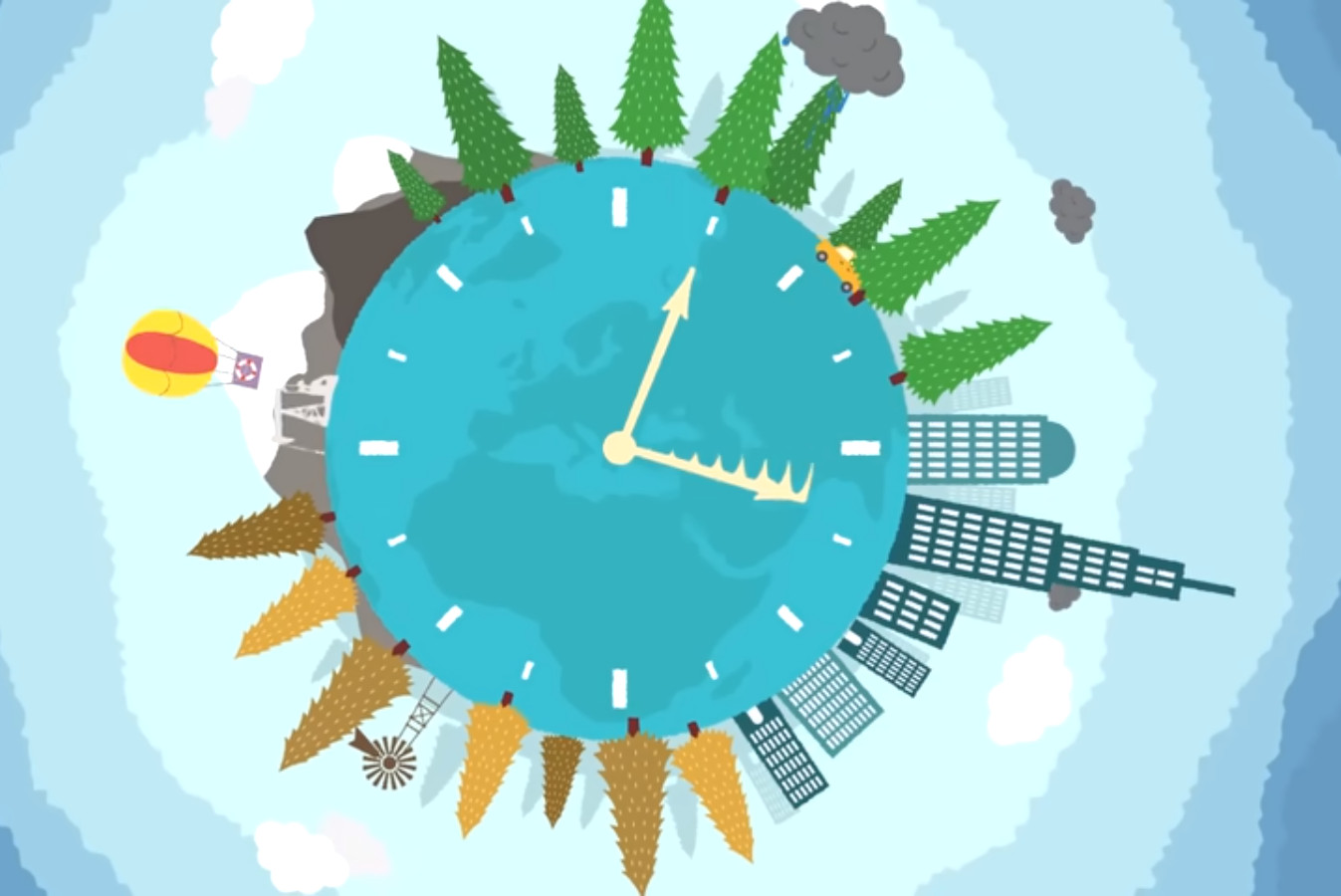
OVERVIEW
MANAGEMENT
PERFORMANCE
POSSIBILITIES
CAPITALS
ACTIVITIES
ACTORS
BURGESS
|
INTERESTING IDEAS
CIRCULAR ECONOMY Explaining the Circular Economy and How Society Can Re-think Progress with Animated Video Essay Original https://www.ellenmacarthurfoundation.org/circular-economy/interactive-diagram Peter Burgess COMMENTARY The Ellen MacArthur Foundation has been a force for good over many years but has not had as much impact on the main stream of corporate business as we need. I am not certain why this is, but would suggest that perhaps there needs to be a much more deliberate focus on the people that make decisions in the corporate world in addition to all the other things that are being done. To great extent corporate decision makes are getting a free pass when it comes to the assessment of the totality of SEE impact and nevertheless pull down an impressive amount of remuneration no matter the totality of SEE impact. Peter Burgess | ||||||||||||
Animated Video Essay Ellen MacArthur Foundation Aug 28, 2011 #circulareconomy 49.3K subscribers ... 1,459,732 views ... 11K likes There's a world of opportunity to re-think and re-design the way we make stuff. 'Re-Thinking Progress' explores how through a change in perspective we can re-design the way our economy works - designing products that can be 'made to be made again' and powering the system with renewable energy. It questions whether with creativity and innovation we can build a restorative economy. Thank you for watching this video. The Ellen MacArthur Foundation is a UK charity working on business, learning, insights & analysis, and communications to accelerate the transition towards the circular economy. Find out more about our work here: www.ellenmacarthurfoundation.org Follow us online on these channels:
| The text being discussed is available at | and | ||||||||||

